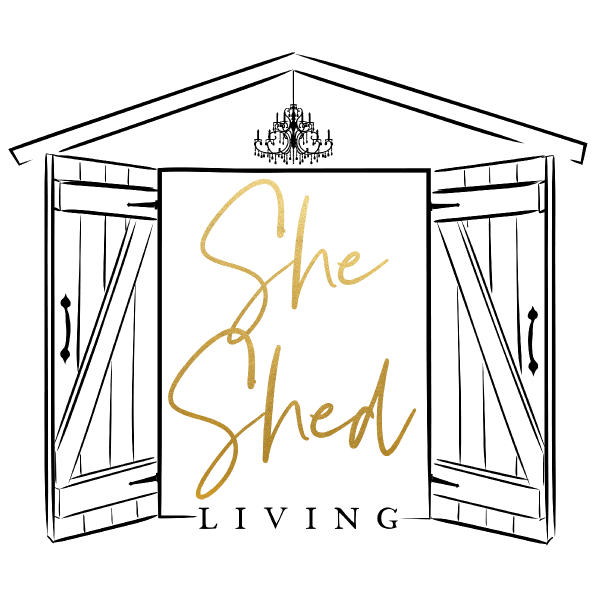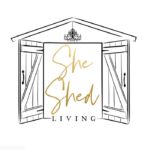We all know how fun our sheds can be, but it’s not so fun when you share your private space with mice, cockroaches, wasps or spiders. Some pests are just a nuisance (or scary) and some can actually spread disease or harm you, i.e. bites and stings. Wasps are dangerous if they make a nest in your shed, particularly if someone in your family is allergic to their sting.

Why Do Pests Like My Shed?
Pests will enter your shed in search of food, water and shelter. Your shed is the perfect environment for them, often containing at least two of these things. Even if you don’t have “human” food you may have debris or organic matter that is attractive to insects or animals. Also, sheds tend to be dark and humid, which is a perfect breeding ground for many insects. When insects breed in your shed, it attracts other pests who want them as a food source. This can make the situation twice as bad, twice as quickly.
Prevention

A new, high-quality shed should keep the pests out for awhile. However, if you have an older shed that pests can easily access, follow these tips to keep the critters at bay:
- Inspect your shed door and windows for any cracks, holes or any other entry points a pest could get through and block them.
- Declutter the shed. Removing unnecessary clutter means you are eliminating hiding places that are perfect for pests. Empty boxes and unused planters should be thrown away, then any webs and insects should be swept up.
- Store any boxes or plastic containers away from the floor and walls. Seal these boxes to stop the pests from getting in and making their home there.
- Remove any food source. This includes things like rotting wood or pet food. Also, any pest droppings or rubbish should be removed as well.
Keeping our shed pest-free gives us more time in our favorite space to feel relaxed and happy. Our thanks to Yard Yum for providing this information. Yard Yum connects gardeners who want a plot of land with landowners who want fresh produce.




Leave a Reply